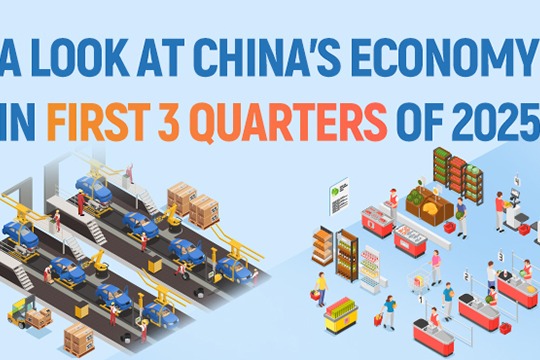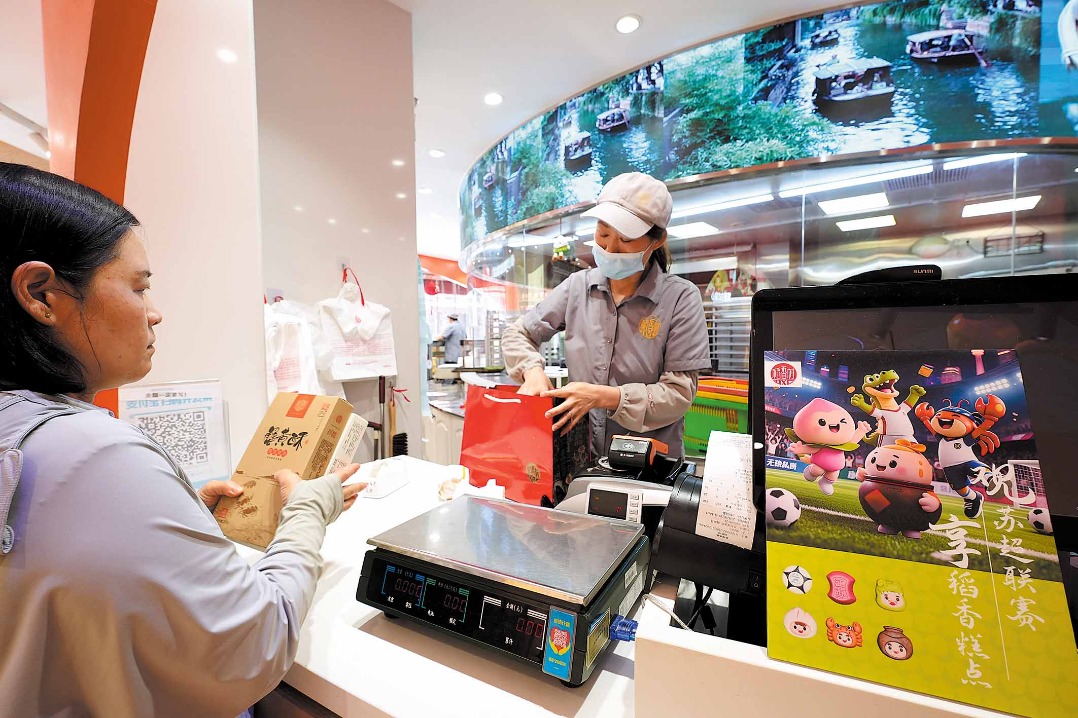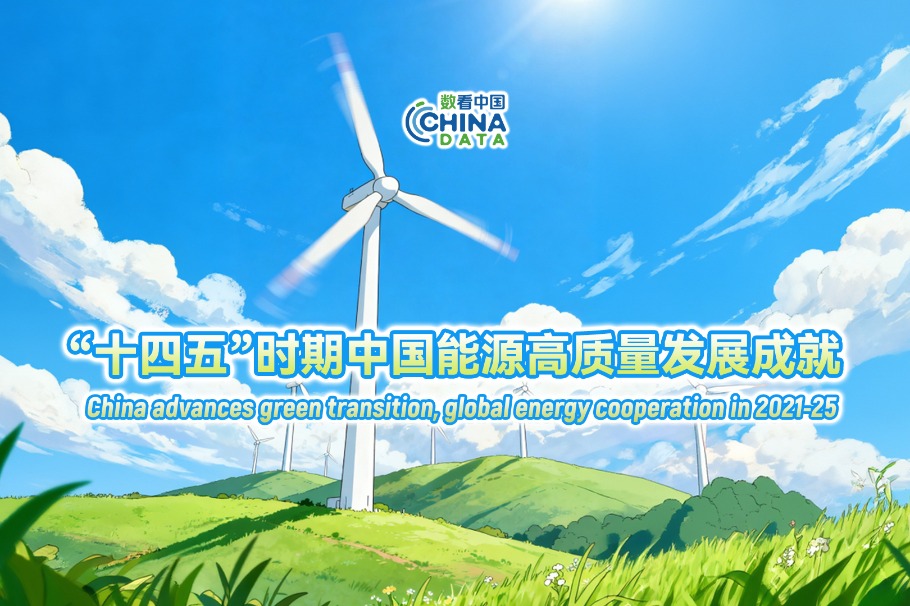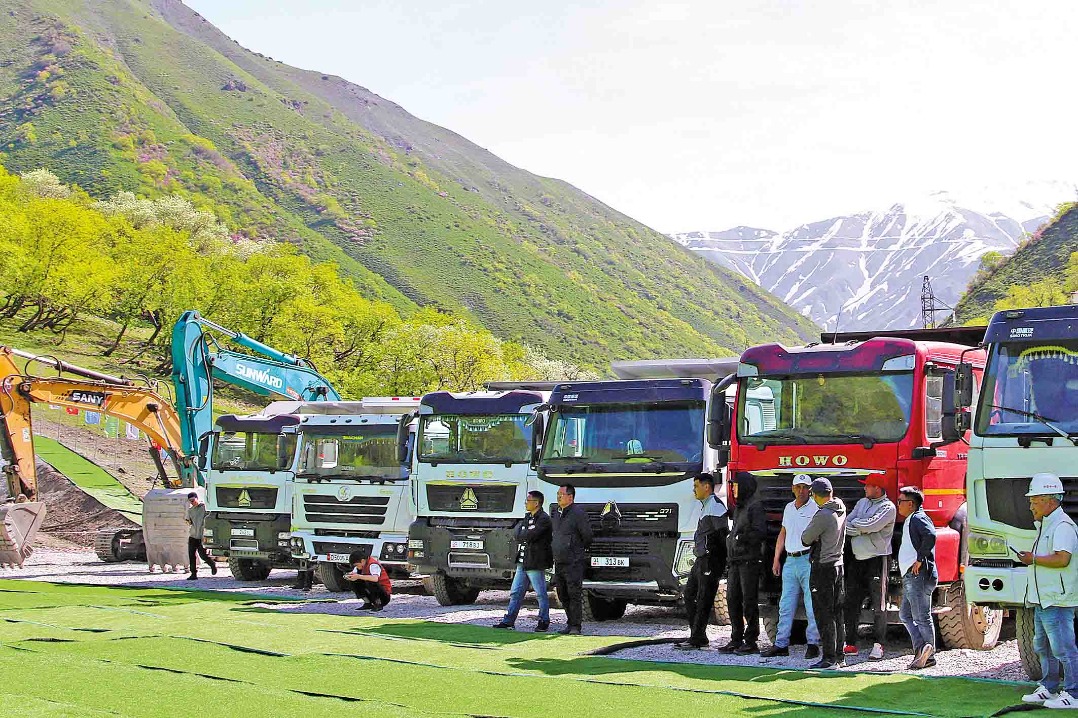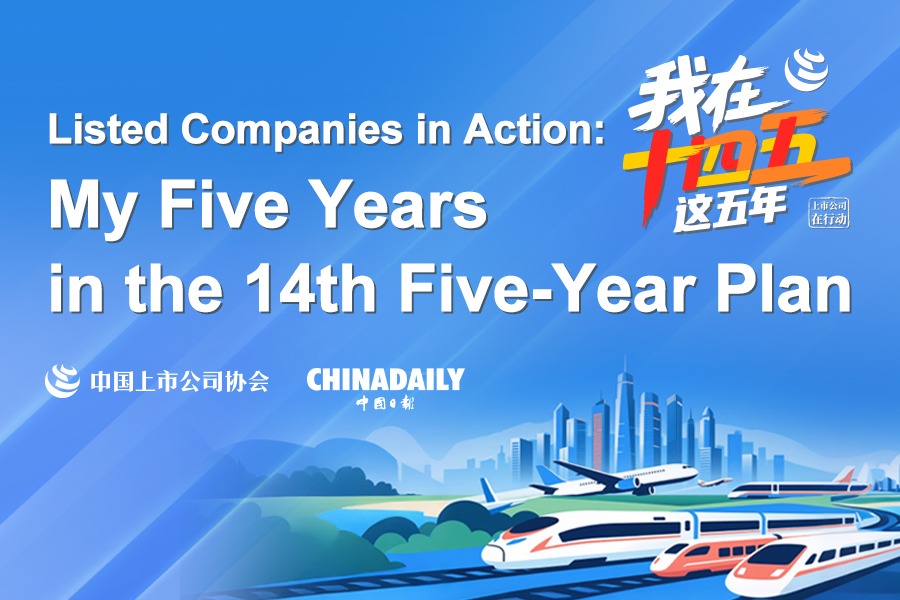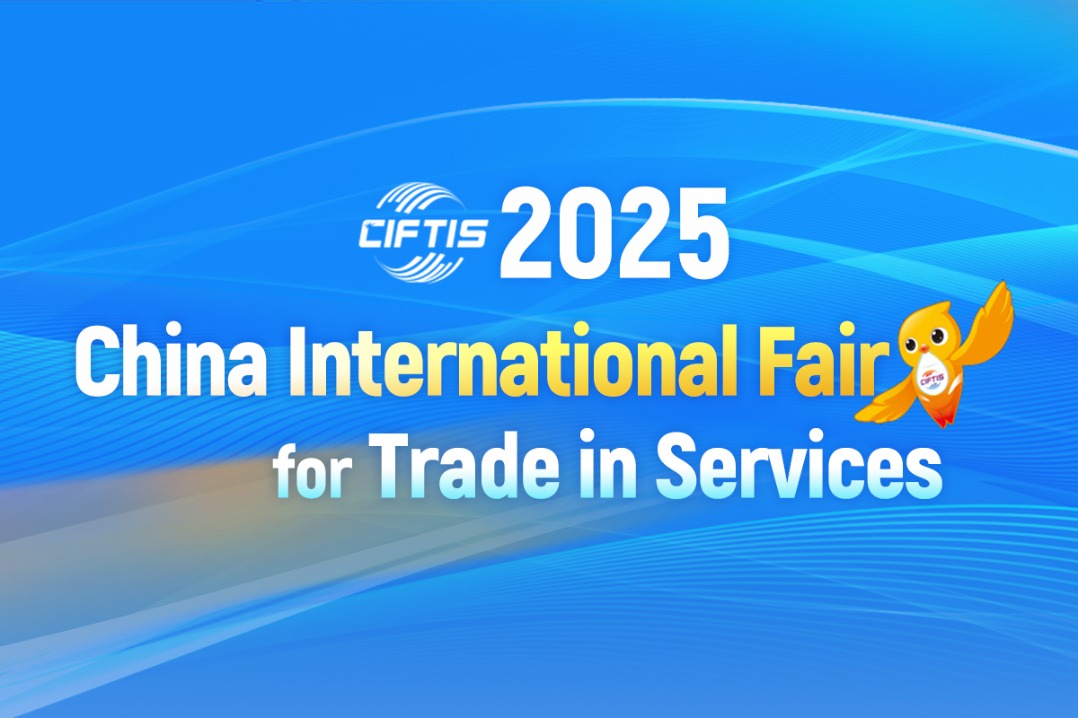Emerging markets hot for China PV
Africa in particular performing well with H1 panel exports to continent up 47.5%

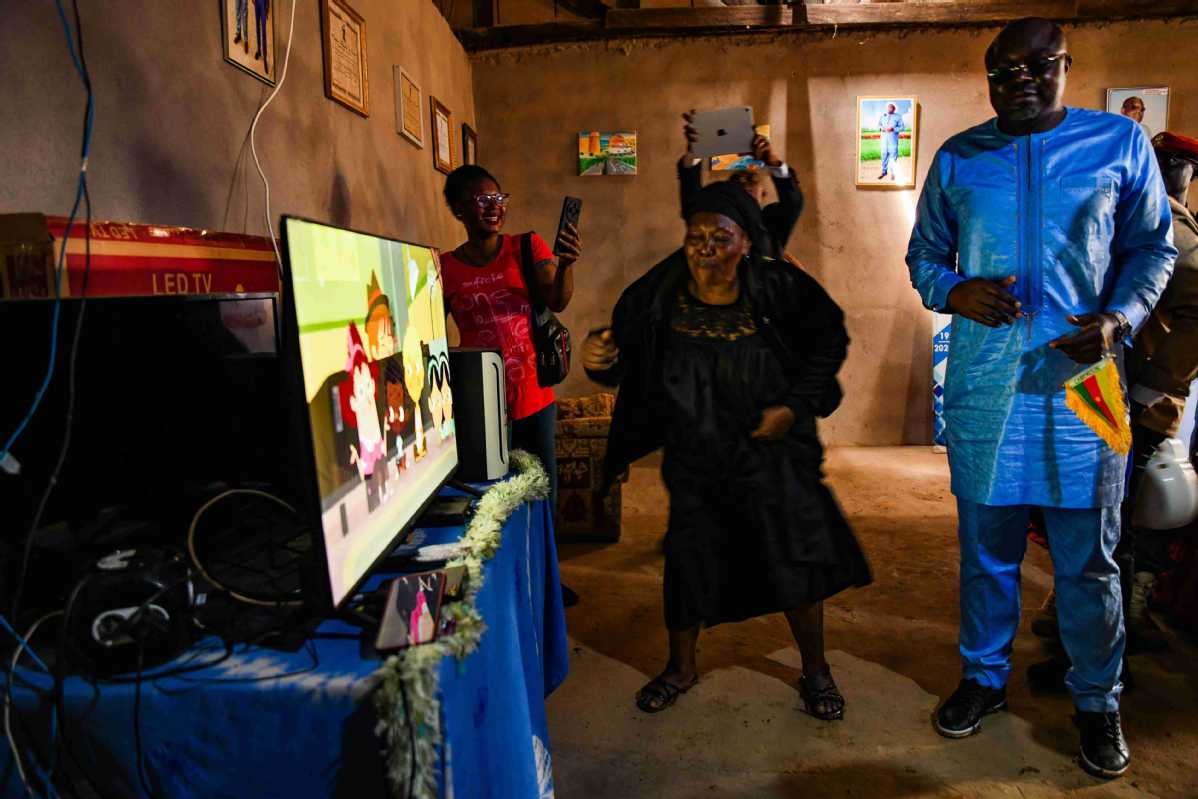
Sierra Leone imported the equivalent of more than half its total current electricity capacity, and Chad, nearly half. Algeria, the third-biggest importer on the continent, is using the modules in solar farms that Chinese companies are building there. Solar panels have also been sprouting on the rooftops of homes and businesses in cities and villages, it said.
The US pulling back from supporting "green energy innovation "could lead to China increasing its influence in Africa while impacting the continent's development and environmental sustainability, said Lin.
However, despite the potential for solar energy, Africa's energy investments are primarily directed toward fossil fuels like coal, oil and gas, said the International Energy Agency.
Nearly two-thirds of energy investments in Africa favor these traditional, carbon-intensive sources, it said.
The CPIA said the search for new markets comes as traditional export powerhouses struggle to maintain high growth rates.
In the first half of 2025, solar panel exports to Europe, the Middle East and Latin America declined 12.3 percent, 14.9 percent and 16.8 percent, respectively, the association said.
However, the potential of these emerging markets remains largely untapped, it said.
In 2024, the top 10 global solar markets accounted for over 75 percent of the world's total market share. While China's domestic market saw a staggering 212.21 GW of new solar installations in the first half of 2025, many emerging markets are still striving to surpass the 1 GW threshold.
BloombergNEF data show that the number of countries and regions with at least 1 GW of installed solar capacity reached 36 in 2024, up from 32 in 2023, and is projected to reach 40 in 2025.
Wang from the CPIA cautioned that while global solar installations will continue to grow in 2025, the pace of growth is slowing.
Some traditional overseas markets are experiencing a contraction in installations, while demand in emerging markets is growing rapidly. However, due to their smaller scale, these emerging markets will have a limited impact on overall growth, he said.
Looking ahead, the potential of emerging markets is significant.
Saudi Arabia has set a target of installing over 100 GW of solar capacity by 2030. India, with its abundant resources and vast market demand, also presents tremendous opportunities for solar development. The Indian government has been actively promoting renewable energy development and has set ambitious solar installation targets.
As a result, the sustained growth in global demand for solar applications has driven further expansion of the industry's production scale. Chinese solar companies, leveraging their significant advantages in technology and cost controls, are expected to continue to unleash competitive advanced production capacity.
According to the CPIA, China has achieved steady growth in manufacturing and maintained a high global share in the capacity and output of all major segments of the solar industry chain, continuing to maintain its position as the center of the global solar sector.
Increasing competition in the industry is driving Chinese companies to accelerate their global expansion, it said.
Amid this backdrop, Chinese solar companies are actively pursuing various strategies to capitalize on emerging market opportunities and expand their global footprint, according to TrendForce's energy trend research division.
These strategies include production capacity cooperation, localized production, direct exports and diversified trade channels, it said.
Some companies are adopting innovative cooperation models that combine local partnerships with technology transfers, effectively shortening the time it takes for products to reach target markets, reducing logistics costs, and better meeting the needs of regions such as Europe and the Middle East.
zhengxin@chinadaily.com.cn






















